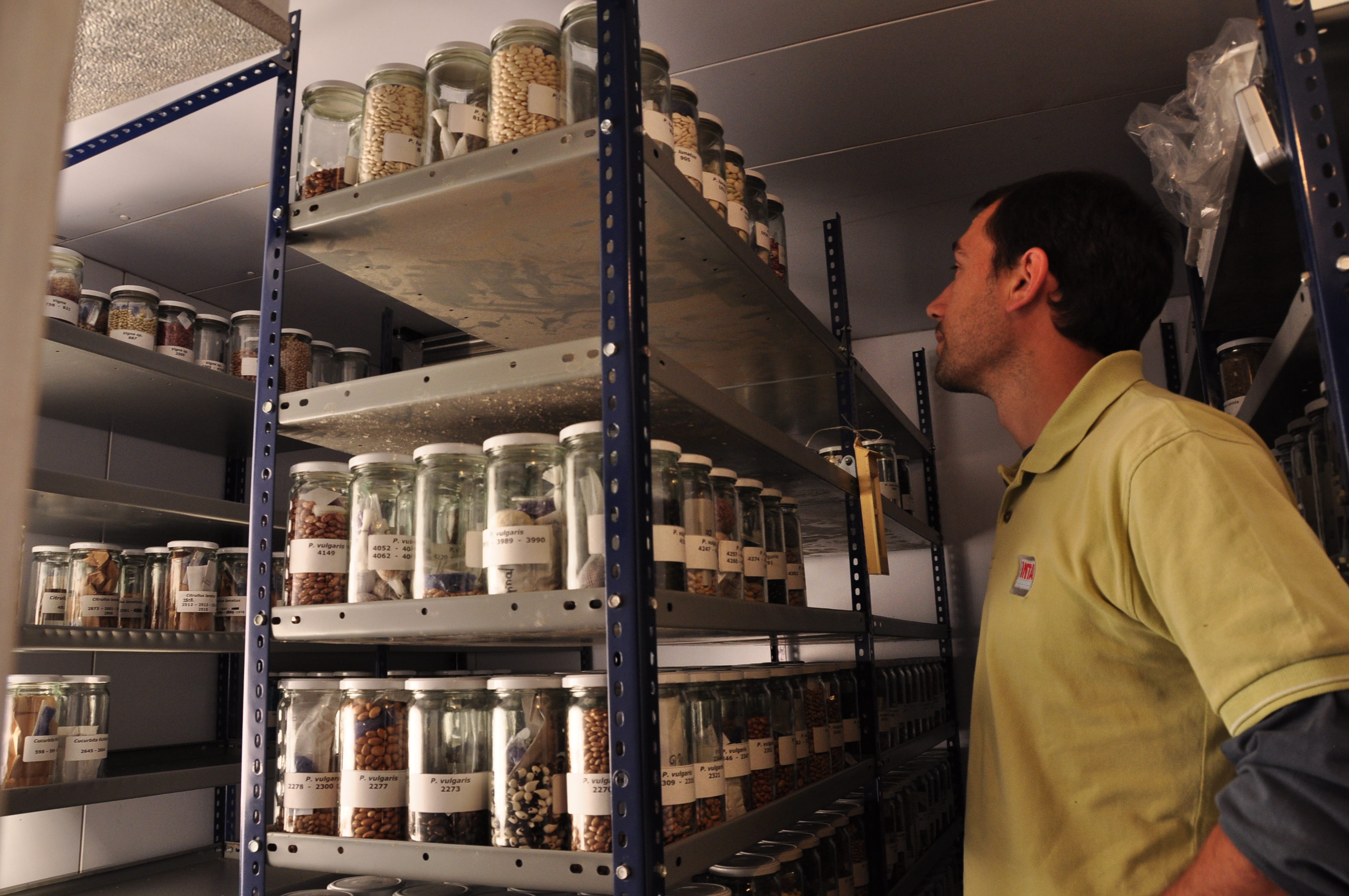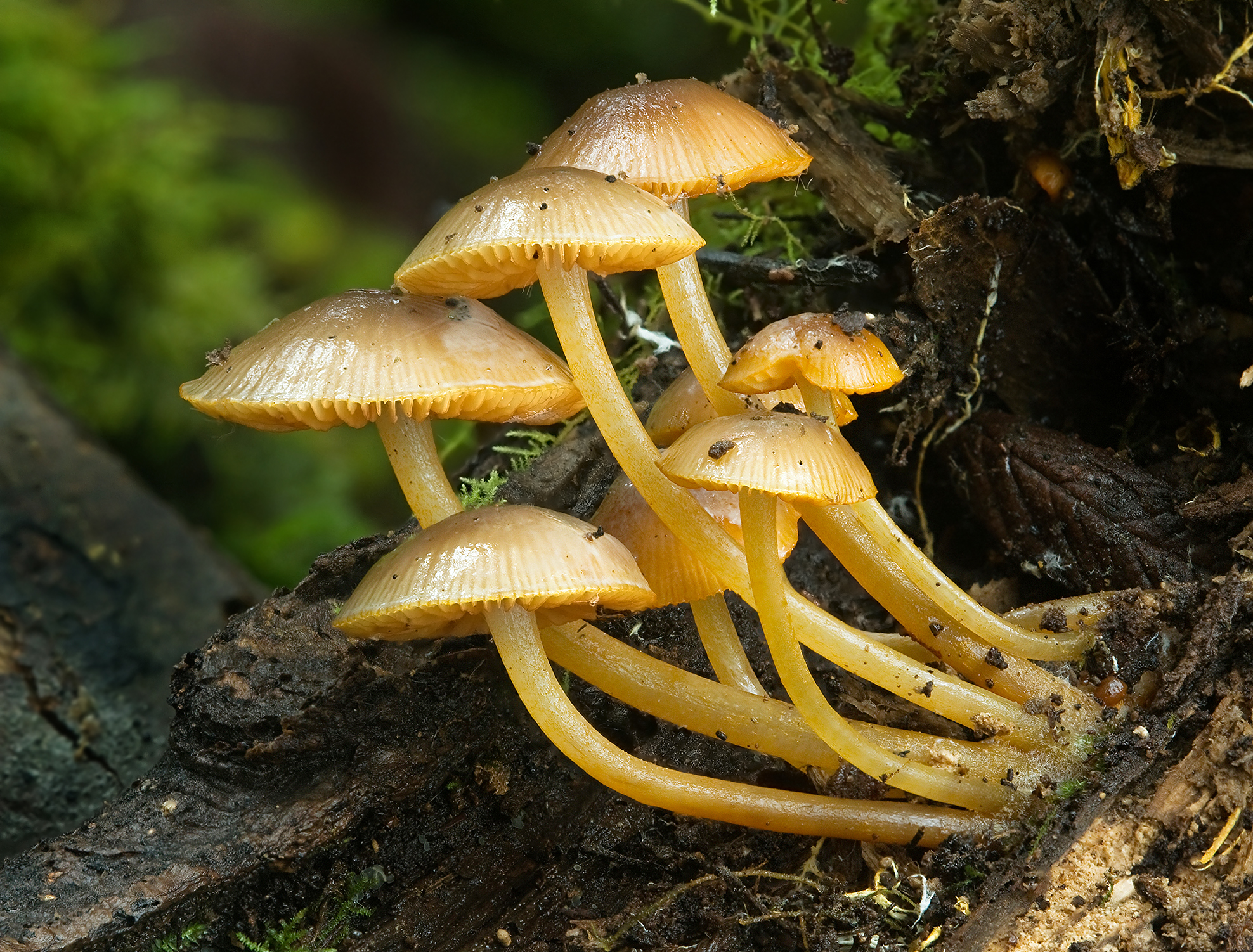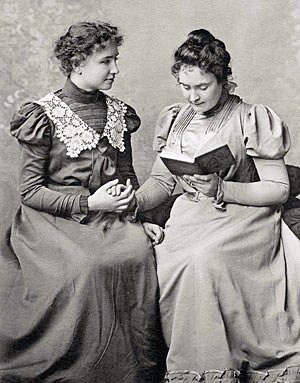|
Mancel Thornton Munn
Mancel Thornton Munn (January 31, 1887 in Plainwell, Michigan – November 16, 1956 in Arcadia, California) was a New York State botanist, an agronomist, and an expert in crop seed testing who pioneered some of the early American legislative efforts to regulate the import of seeds from other countries. He was also an Emeritus Professor of Seed Investigations at Cornell University. Munn attended the Michigan Agricultural College, graduating in June 1911, and studied seed samples in accordance with the provisions of Michigan's Pure Seed Law during his final two years there. Following graduation, he accepted a position as an Assistant in Research at "the New York Experiment Station at Geneva, where he will have charge of the seed work". Munn rose through the ranks at the Agricultural Experiment Station, being promoted to assistant botanist in 1918, Associate Botanist in 1929, and finally becoming Professor and Head of the present Department of Seed Investigation in 1936. From 1936 t ... [...More Info...] [...Related Items...] OR: [Wikipedia] [Google] [Baidu] |
Plainwell, Michigan
Plainwell is a city in Allegan County, Michigan, Allegan County in the U.S. state of Michigan. The population was 3,788 at the 2020 United States census, 2020 census. Plainwell is located on M-89 (Michigan highway), M-89 just east of its junction with U.S. Route 131, US 131. The city of Otsego, Michigan, Otsego is about to the west. The city of Kalamazoo, Michigan, Kalamazoo is about to the south, and the city of Grand Rapids, Michigan, Grand Rapids is about to the north. The Kalamazoo River flows through the center of the city and it is known as "The Island City". History This part of Michigan was settled in the 1830s, after the removal of native people. Allegan County was organized in 1835, and the Plainwell area was settled soon after. It was on a stagecoach route from Kalamazoo to Grand Rapids, and later the Grand Rapids and Indiana Railroad was constructed along the same route. After the advent of the automobile, U.S. Route 131 was created and run through the town. I ... [...More Info...] [...Related Items...] OR: [Wikipedia] [Google] [Baidu] |
Arcadia, California
Arcadia is a city in Los Angeles County, California, United States, located about northeast of downtown Los Angeles in the San Gabriel Valley and at the base of the San Gabriel Mountains. It contains a series of adjacent parks consisting of the Santa Anita Park racetrack, the Los Angeles County Arboretum and Botanic Garden, and Arcadia County Park. The city had a population of 56,681 at the 2020 United States census, 2020 census. The city is named after Arcadia (region), Arcadia, Greece. History Native American For over 8,000 years, the site of Arcadia was part of the homeland of the Tongva people ("Gabrieliño" tribe), a Indigenous peoples of California, Californian Native American tribe whose territory spanned the greater Los Angeles Basin, and the San Gabriel and San Fernando Valleys. Their fluid borders stretched between the Santa Susana Mountains, San Bernardino Mountains, and San Gabriel Mountains in the north; the Santa Monica Mountains and Simi Hills in the west; the ... [...More Info...] [...Related Items...] OR: [Wikipedia] [Google] [Baidu] |
New York State
New York, also called New York State, is a state in the northeastern United States. Bordered by New England to the east, Canada to the north, and Pennsylvania and New Jersey to the south, its territory extends into both the Atlantic Ocean and the Great Lakes. New York is the fourth-most populous state in the United States, with nearly 20 million residents, and the 27th-largest state by area, with a total area of . New York has a varied geography. The southeastern part of the state, known as Downstate, encompasses New York City, the most populous city in the United States; Long Island, with approximately 40% of the state's population, the nation's most populous island; and the cities, suburbs, and wealthy enclaves of the lower Hudson Valley. These areas are the center of the expansive New York metropolitan area and account for approximately two-thirds of the state's population. The larger Upstate area spreads from the Great Lakes to Lake Champlain and includes the Adiro ... [...More Info...] [...Related Items...] OR: [Wikipedia] [Google] [Baidu] |
Agronomy
Agronomy is the science and technology of producing and using plants by agriculture for food, fuel, fiber, chemicals, recreation, or land conservation. Agronomy has come to include research of plant genetics, plant physiology, meteorology, and soil science. It is the application of a combination of sciences such as biology, chemistry, economics, ecology, earth science, and genetics. Professionals of agronomy are termed agronomists. Plant breeding This topic of agronomy involves selective breeding of plants to produce the best crops for various conditions. Plant breeding has increased crop yields and has improved the nutritional value of numerous crops, including corn, soybeans, and wheat. It has also resulted in the development of new types of plants. For example, a hybrid grain named triticale was produced by crossbreeding rye and wheat. Triticale contains more usable protein than does either rye or wheat. Agronomy has also been instrumental for fruit and vegetable pr ... [...More Info...] [...Related Items...] OR: [Wikipedia] [Google] [Baidu] |
Cornell University
Cornell University is a Private university, private Ivy League research university based in Ithaca, New York, United States. The university was co-founded by American philanthropist Ezra Cornell and historian and educator Andrew Dickson White in 1865. Since its founding, Cornell University has been a Mixed-sex education, co-educational and nonsectarian institution. As of fall 2024, the student body included 16,128 undergraduate and 10,665 graduate students from all 50 U.S. states and 130 countries. The university is organized into eight Undergraduate education, undergraduate colleges and seven Postgraduate education, graduate divisions on its main Ithaca campus. Each college and academic division has near autonomy in defining its respective admission standards and academic curriculum. In addition to its primary campus in Ithaca, Cornell University administers three satellite campuses, including two in New York City, the Weill Cornell Medicine, medical school and ... [...More Info...] [...Related Items...] OR: [Wikipedia] [Google] [Baidu] |
New York State Agricultural Experiment Station
The New York State Agricultural Experiment Station (NYSAES) at Geneva, Ontario County, New York State, is an agricultural experiment station operated by the New York State College of Agriculture and Life Sciences at Cornell University. In August 2018, the station was branded as Cornell AgriTech, although its official name remains unchanged. History 19th century The New York State Agricultural Experiment Station was established by an Act of the New York State Legislature on June 26, 1880. More than 100 locations were considered, but a 125-acre parcel in Geneva was eventually chosen. In 1882, the State purchased the land, an Italianate villa, and all outbuildings from Nehemiah and Louisa Denton for $25,000. The villa was converted into the Station headquarters, now known as Parrott Hall. The new institution became operative on March 1, 1882. It would become known colloquially as the Geneva Experiment Station. An 1883 Report of the Board of Control of the NYSAES to the New York Sta ... [...More Info...] [...Related Items...] OR: [Wikipedia] [Google] [Baidu] |
Geneva, New York
Geneva is a City (New York), city in Ontario County, New York, Ontario and Seneca County, New York, Seneca counties in the U.S. state of New York (state), New York. It is at the northern end of Seneca Lake (New York), Seneca Lake; all land portions of the city are within Ontario County; the water portions are in Seneca County. The population was 12,812 at the 2020 United States Census, 2020 census. The city is supposedly named after the city and canton of Geneva in Switzerland. The main settlement of the Seneca was spelled Zoneshio by early European settlers, and was described as being two miles north of Seneca Lake. The city borders the town of Geneva (town), New York, Geneva and was once a part of it. The city identifies as the "Lake Trout Capital of the World." History The area was long occupied by the Seneca tribe, which had established a major village of ''Kanadaseaga'' here by 1687. The British helped fortify the village against the French of Canada during the Seven Year ... [...More Info...] [...Related Items...] OR: [Wikipedia] [Google] [Baidu] |
Germplasm
Germplasm refers to genetic resources such as seeds, tissues, and DNA sequences that are maintained for the purpose of animal and plant breeding, conservation efforts, agriculture, and other research uses. These resources may take the form of seed collections stored in seed banks, trees growing in nurseries, animal breeding lines maintained in animal breeding programs or gene banks. Germplasm collections can range from collections of wild species to elite, domesticated breeding lines that have undergone extensive human selection. Germplasm collection is important for the maintenance of biological diversity, food security, and conservation efforts. In the United States, germplasm resources are regulated by the National Genetic Resources Program (NGRP), created by the U.S. congress in 1990. In addition the web server The Germplasm Resources Information Network (GRIN) provides information about germplasms as they pertain to agriculture production. Regulation In the United Stat ... [...More Info...] [...Related Items...] OR: [Wikipedia] [Google] [Baidu] |
Mycology
Mycology is the branch of biology concerned with the study of fungus, fungi, including their Taxonomy (biology), taxonomy, genetics, biochemistry, biochemical properties, and ethnomycology, use by humans. Fungi can be a source of tinder, Edible mushroom, food, traditional medicine, as well as entheogens, poison, and fungal infection, infection. Yeasts are among the most heavily utilized members of the fungus kingdom, particularly in food manufacturing. Mycology branches into the field of phytopathology, the study of plant diseases. The two disciplines are closely related, because the vast majority of plant pathogens are fungi. A biologist specializing in mycology is called a mycologist. Overview The word ''mycology'' comes from the Greek language, Ancient Greek: wikt:μύκης, μύκης (''mukēs''), meaning "fungus" and the suffix (''-logia''), meaning "study." Pioneer mycologists included Elias Magnus Fries, Christiaan Hendrik Persoon, Heinrich Anton de Bary, Elizabeth E ... [...More Info...] [...Related Items...] OR: [Wikipedia] [Google] [Baidu] |
1887 Births
Events January * January 11 – Louis Pasteur's anti- rabies treatment is defended in the Académie Nationale de Médecine, by Dr. Joseph Grancher. * January 20 ** The United States Senate allows the United States Navy to lease Pearl Harbor as a naval base. ** British emigrant ship '' Kapunda'' sinks after a collision off the coast of Brazil, killing 303 with only 16 survivors. * January 21 ** The Amateur Athletic Union (AAU) is formed in the United States. ** Brisbane receives a one-day rainfall of (a record for any Australian capital city). * January 24 – Battle of Dogali: Abyssinian troops defeat the Italians. * January 28 ** In a snowstorm at Fort Keogh, Montana, the largest snowflakes on record are reported. They are wide and thick. ** Construction work begins on the foundations of the Eiffel Tower in Paris, France. February * February 2 – The first Groundhog Day is observed in Punxsutawney, Pennsylvania. * February 4 – The Interstate Comme ... [...More Info...] [...Related Items...] OR: [Wikipedia] [Google] [Baidu] |
1956 Deaths
Events January * January 1 – The Anglo-Egyptian Sudan, Anglo-Egyptian Condominium ends in Sudan after 57 years. * January 8 – Operation Auca: Five U.S. evangelical Christian Missionary, missionaries, Nate Saint, Roger Youderian, Ed McCully, Jim Elliot and Pete Fleming, are killed for trespassing by the Waorani people of Ecuador, shortly after making contact with them. * January 16 – Egyptian leader Gamal Abdel Nasser vows to reconquer Palestine (region), Palestine. * January 25–January 26, 26 – Finnish troops reoccupy Porkkala, after Soviet Union, Soviet troops vacate its military base. Civilians can return February 4. * January 26 – The 1956 Winter Olympics open in Cortina d'Ampezzo, Italy. February * February 2 – Austria and Israel establish diplomatic Austria–Israel relations, relations. * February 11 – British Espionage, spies Guy Burgess and Donald Maclean (spy), Donald Maclean resurface in the Soviet Union, after being missing for 5 years. * ... [...More Info...] [...Related Items...] OR: [Wikipedia] [Google] [Baidu] |



